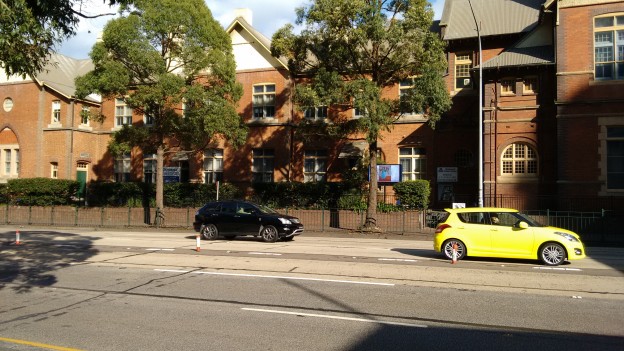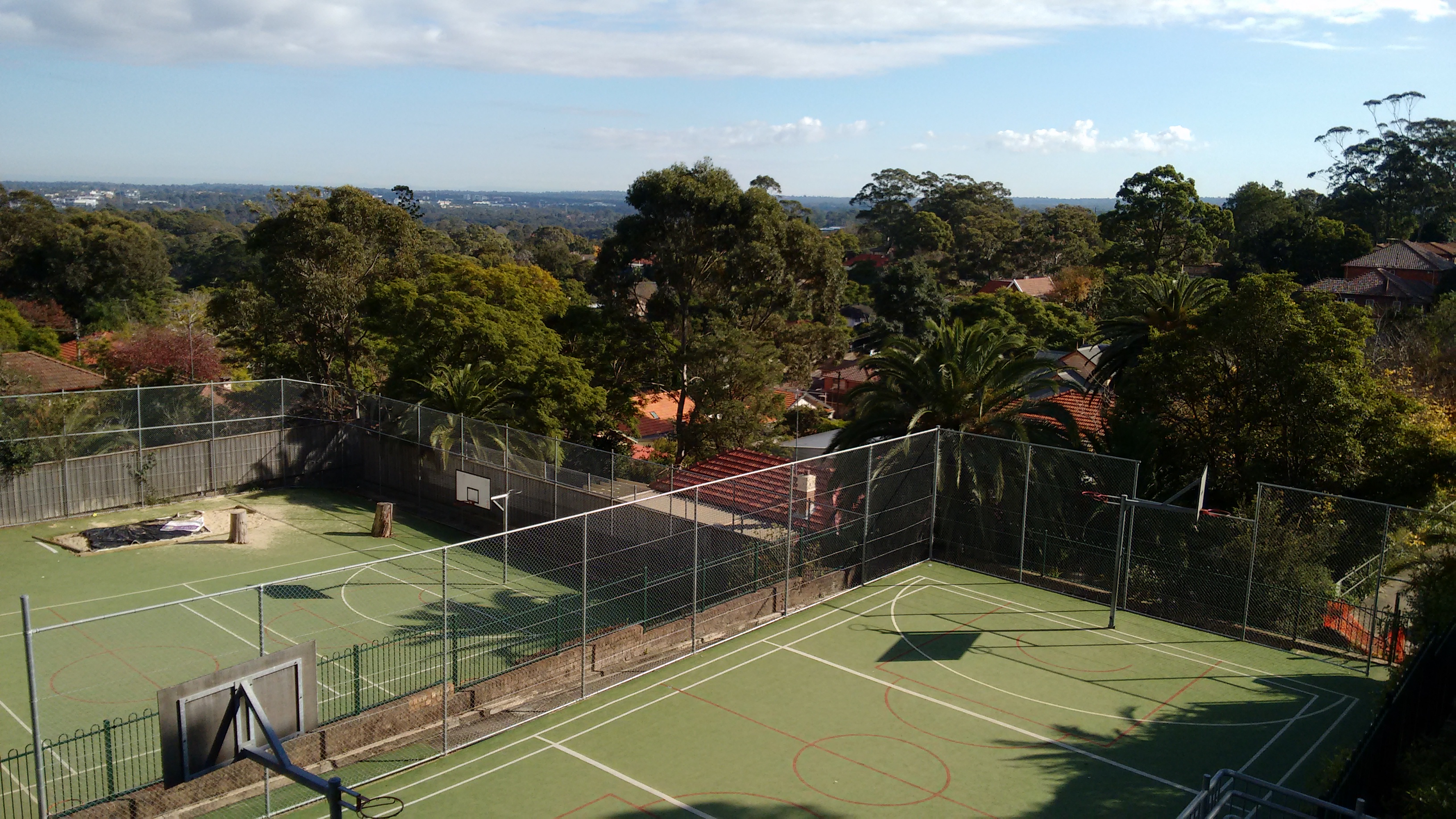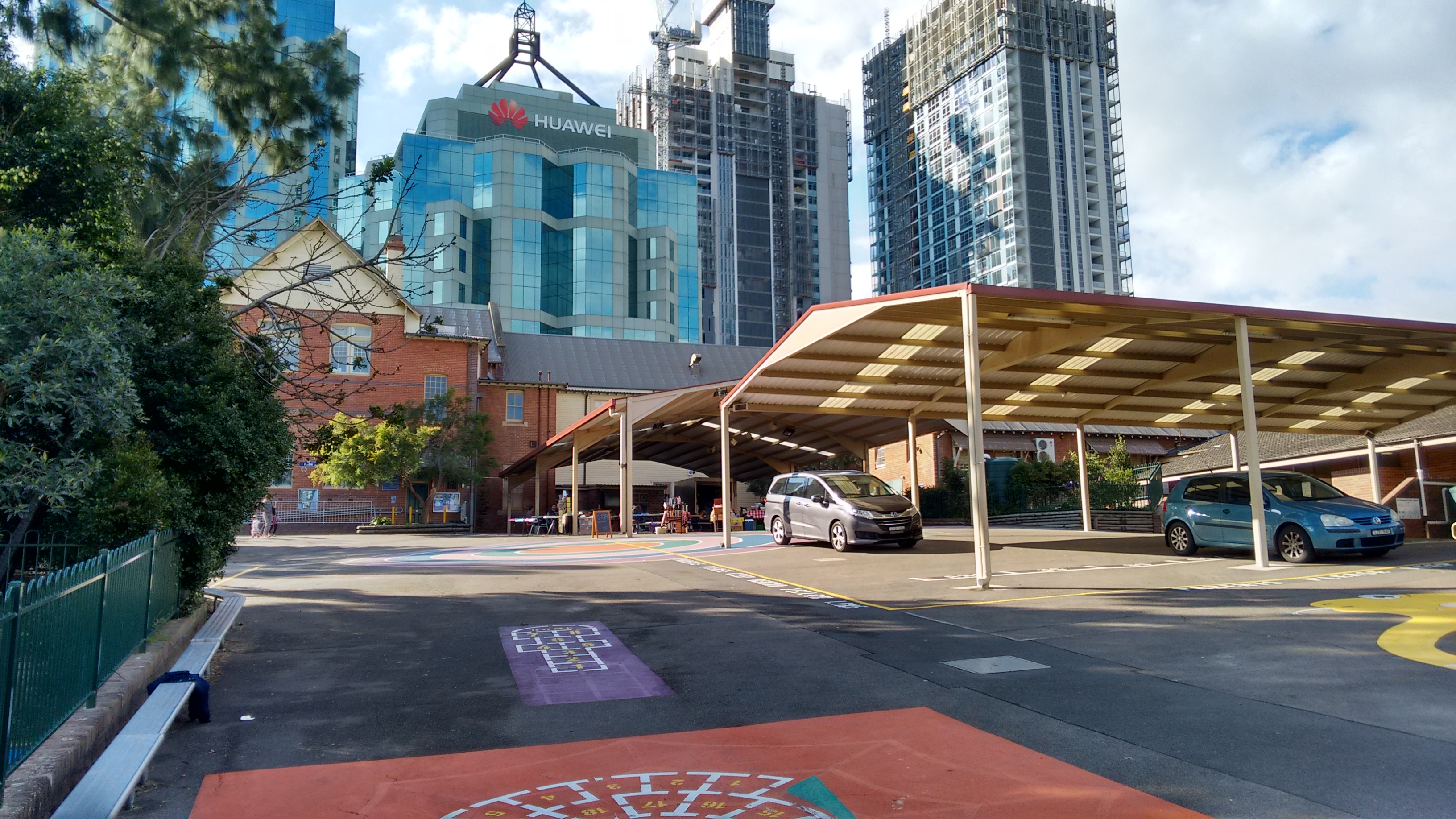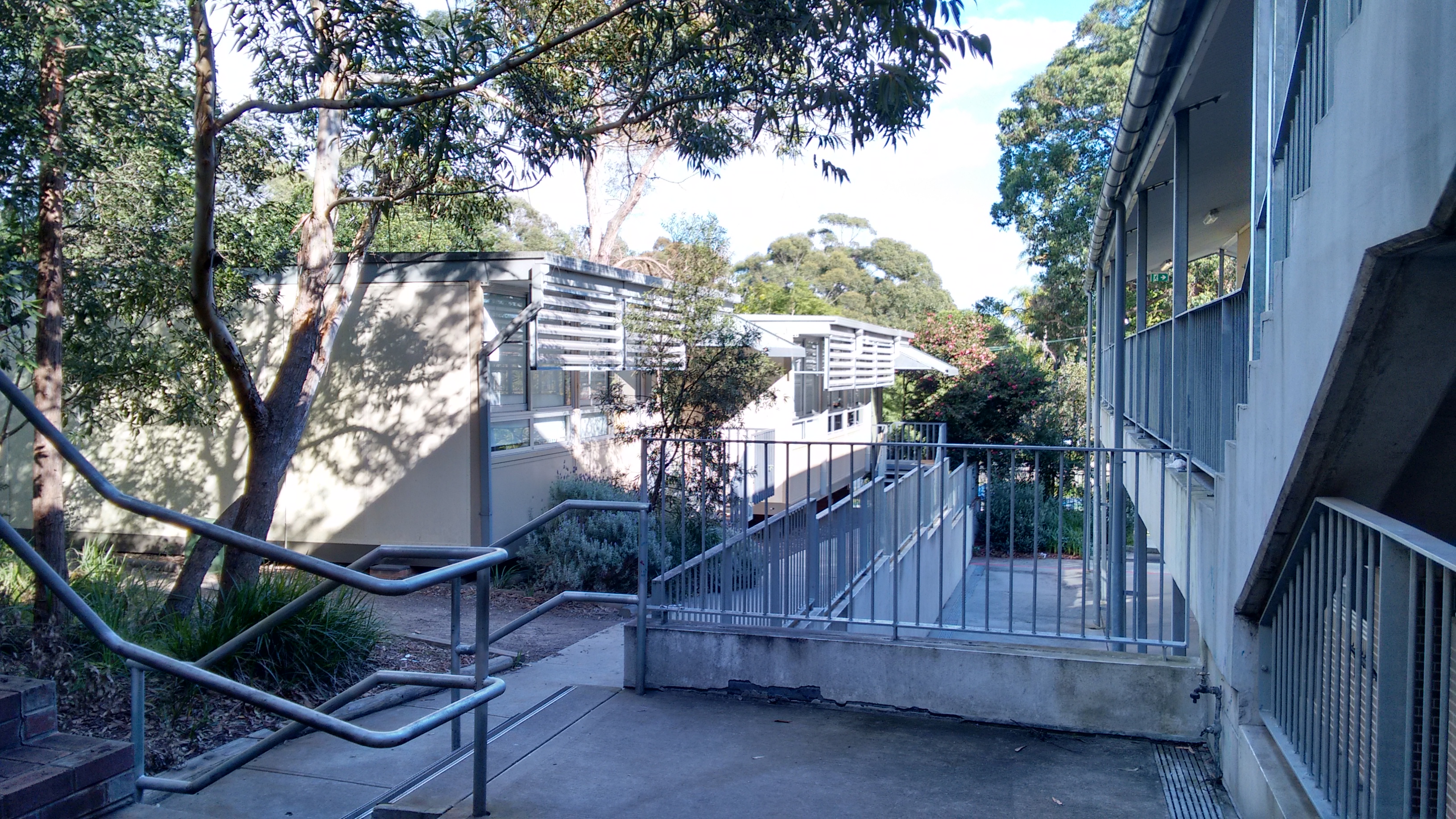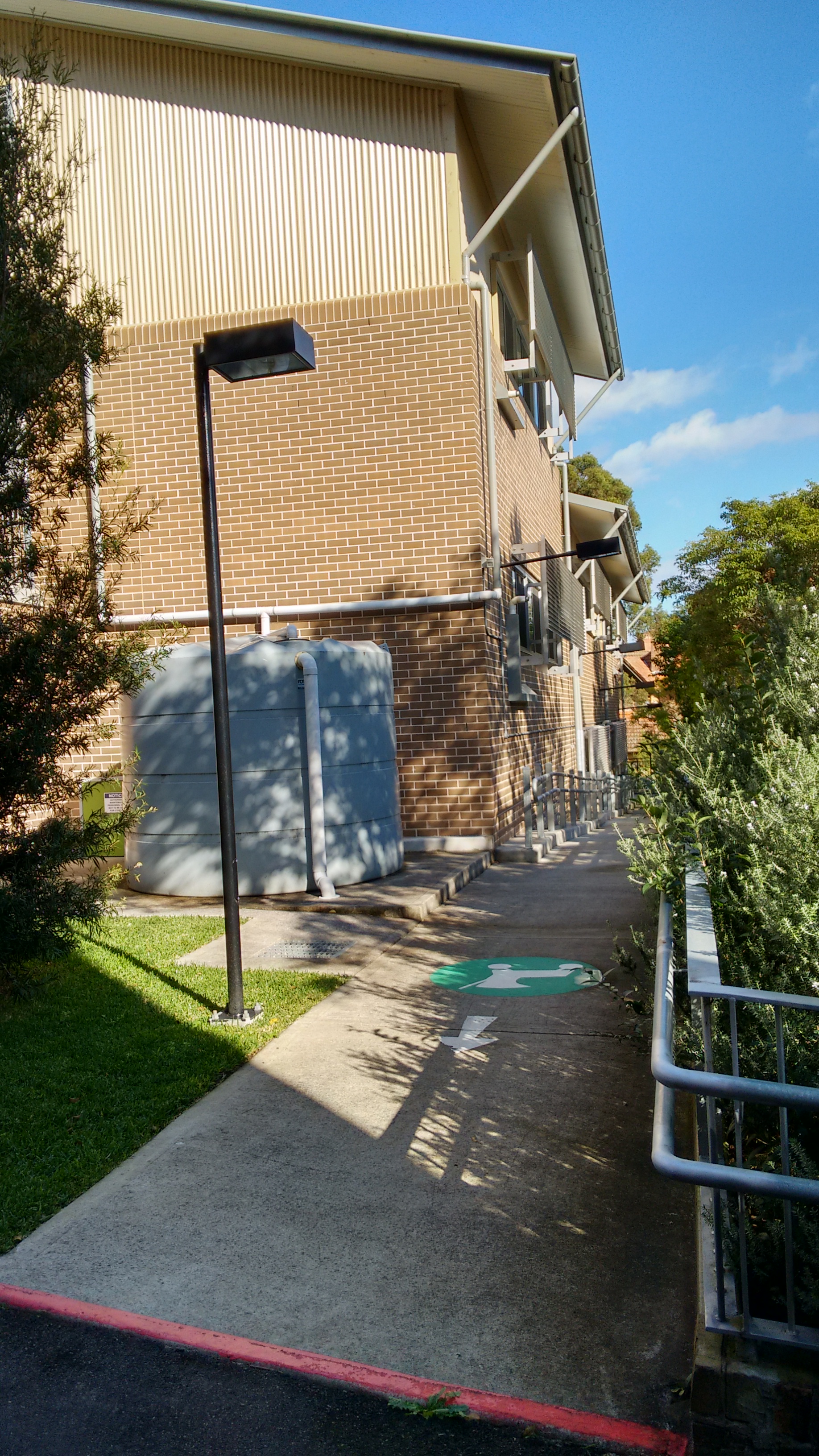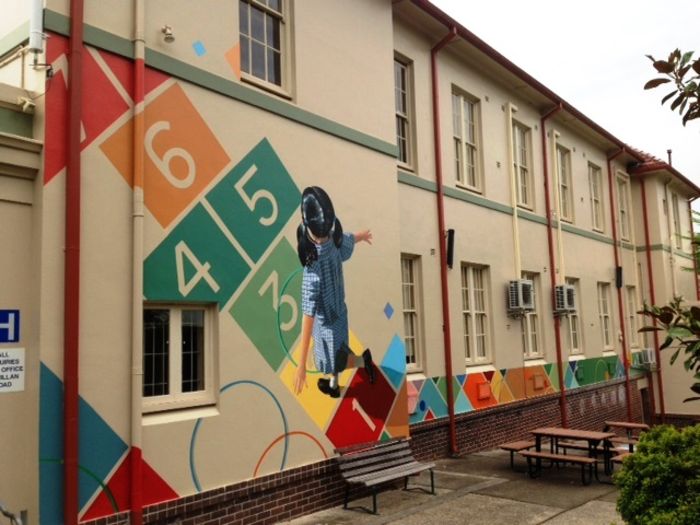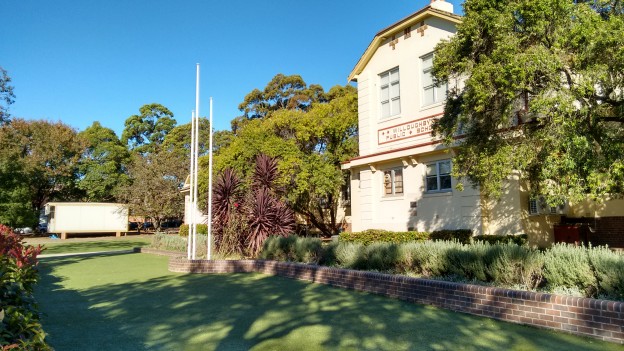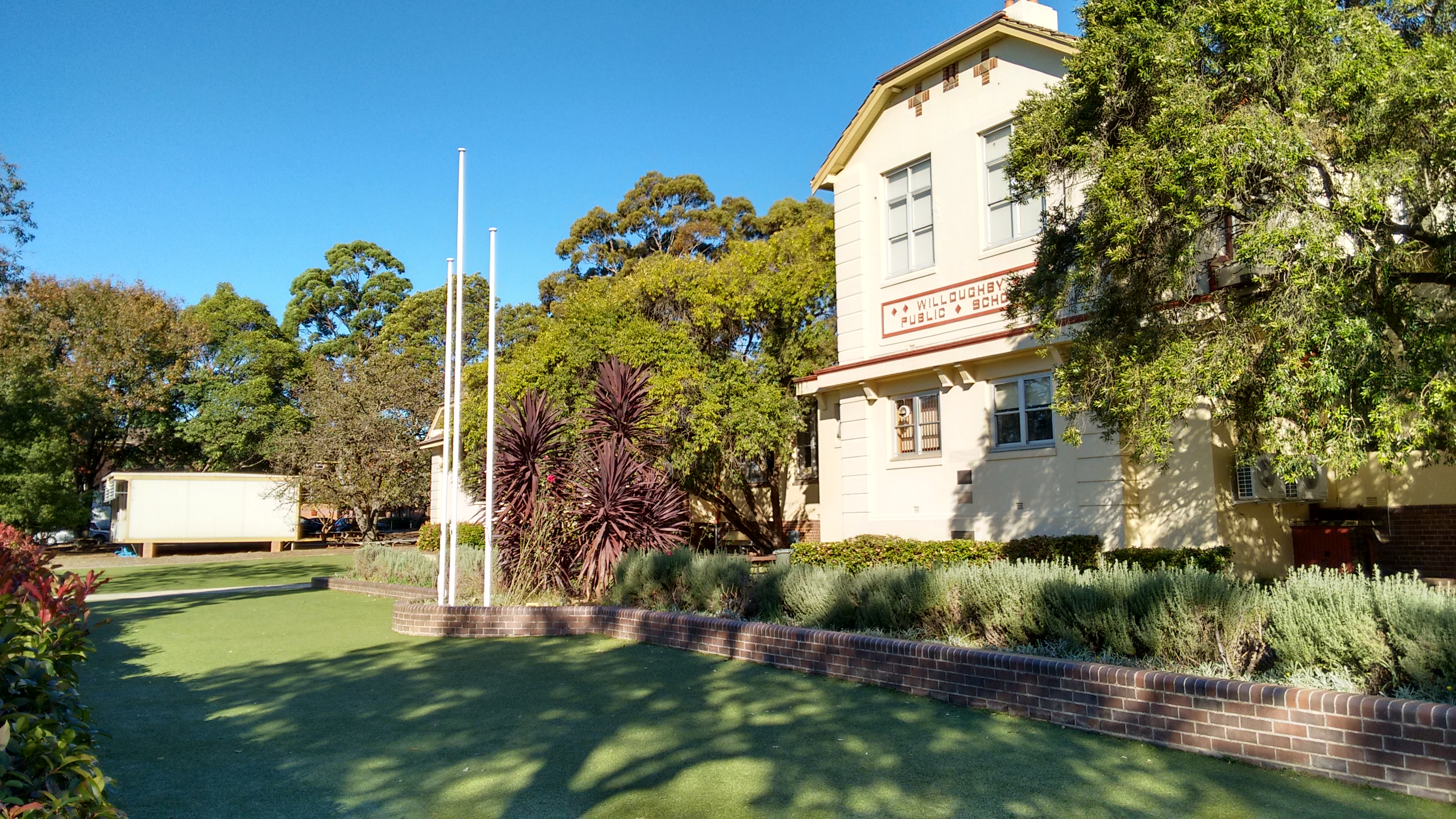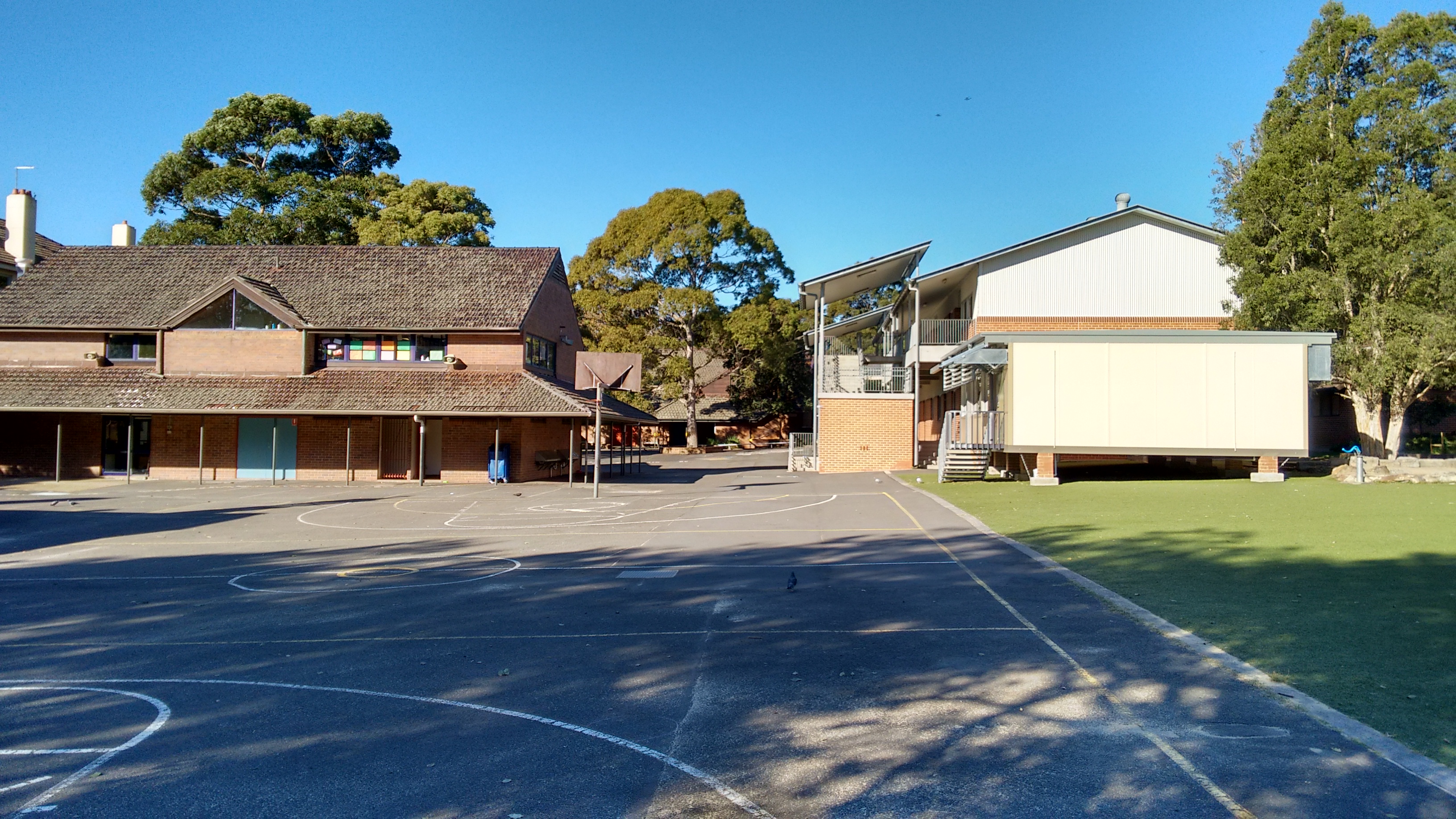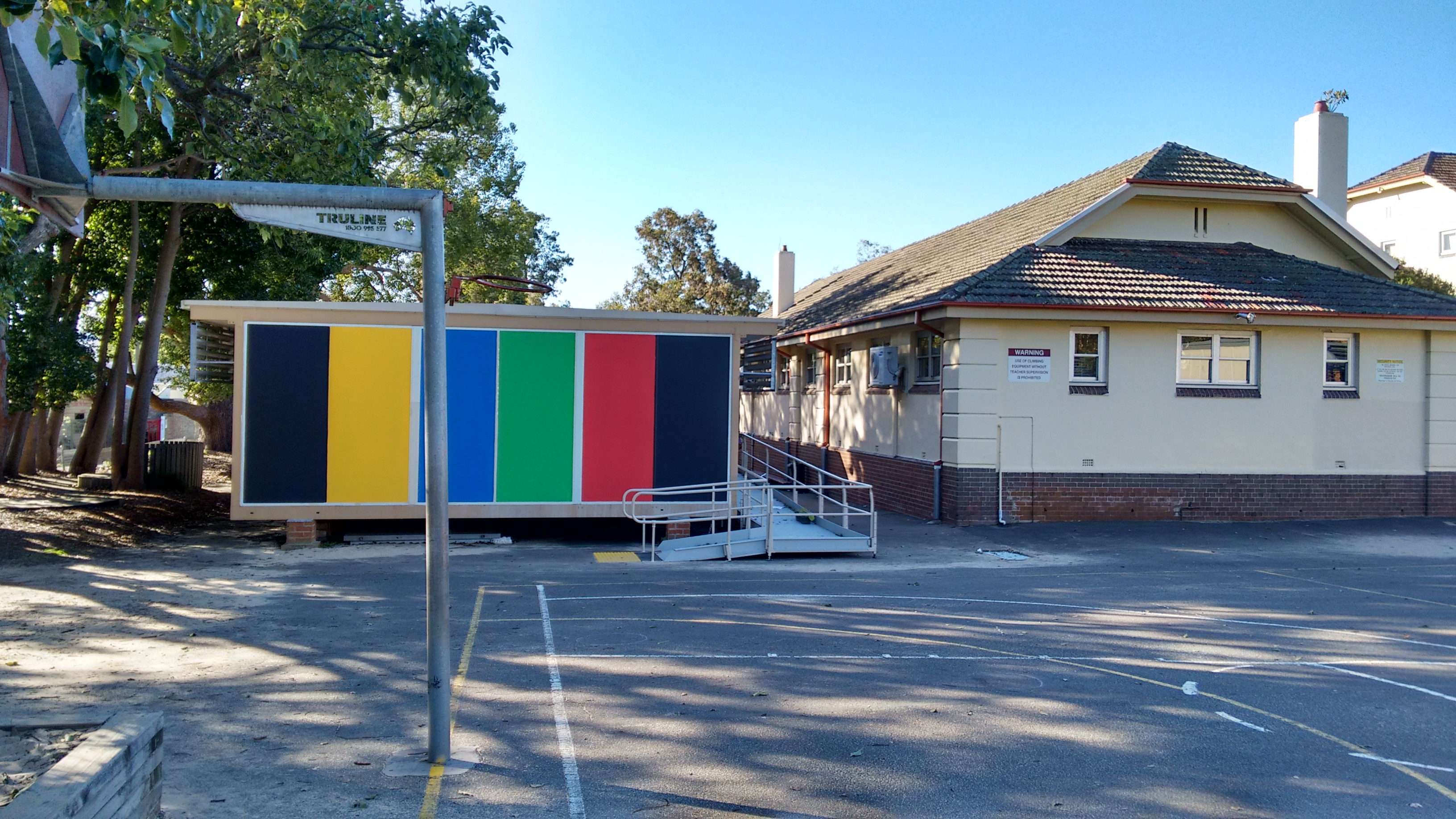NSW/Sydney public schools are from K-12, K-6 is generally referred as primary schools or commonly just public schools. Years 7 to 12 are also public schools but they are generally called as high school, it maybe girls, boys or just high school in which case is comprehensive.
For the purpose of this article, I am just going to talk about primary level of public school from K-6. K in this case means from Kindergarten, year 1, year 2, year 3, year 4, year 5 and year 6. The cut off birthday for enrol into kindergarten in your local public school is 30th of July from between age of 4 to 6. This means if your children are four years old at 30th of July in 2015, then you can enrol them in your local public school for year 2016. So the children in kindergarten are generally between age of four and half to five and half. It is however not uncommon for some parents in delaying sending their children to start school until the year after, so some children maybe close to six year old when they start in the kindergarten. This practice is very common in north shore area in Sydney from personal observation, particularly with boys as a lot of parents want their kids to be more mature and fit in better sports wise, so don’t be surprised at a lot of parents delaying the starting of the school for their children for one year. However it is not legal to delay it further after this point.
Public school is basically free; however there will be some cost like excursion, special activities, earphone for the computers etc. You can reasonably expect a few hundred dollars per children per year at minimum to cover the basic costs. Then there are things like summer and winter uniforms, school bag etc.
There are four terms in a year, first term start around beginning of February ends before Easter, second term start after Easter and ends before July, third term start at mid to late July and ends mid to late September, fourth and last term starts at early to mid-October and last until just before Christmas. The summer holiday is around six week in length and other three breaks are all roughly two week each.
School run from Monday to Friday during the terms and normally start at 9:10 and finish around 3:10. There are two recesses, one in the morning and another in the afternoon. There is also a lunchtime which is around 45 minutes in duration. School yards are supervised by teachers about half hour before the morning starting time.
Travelling to primary school are generally done by walking, car or public transport, there are also normally school buses as well which are run before and after school. Everyone is eligible for school buses between Kindergarten to year 2. From year 3 onwards the eligibility is dependent on the distance between student’s home to the school.
Schools will have a general assembly at least once a week, normally this happens on Friday. Awards etc. are given out during the assembly; parents are often welcome to visit.
Public schools in Sydney are generally very good in quality in my personal experience. Ranking has more to do with social economical background and how involved are the parents rather than anything else. This is why when you looking at area such as lower and upper north shore area, there is really no bad public schools. This is not because the teachers in those schools are better than the others or they receive more resource, it is really due to the similar minded and actively involved parents.
One interesting things about public school at primary level is that there are very few male teachers, there is maybe less than a handful at my children’s school and from what I know of other parents, this is pretty much the case throughout the entire Sydney.
